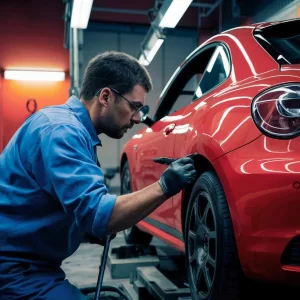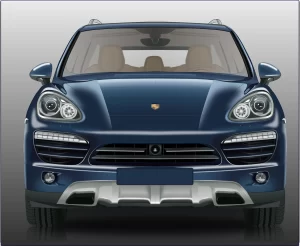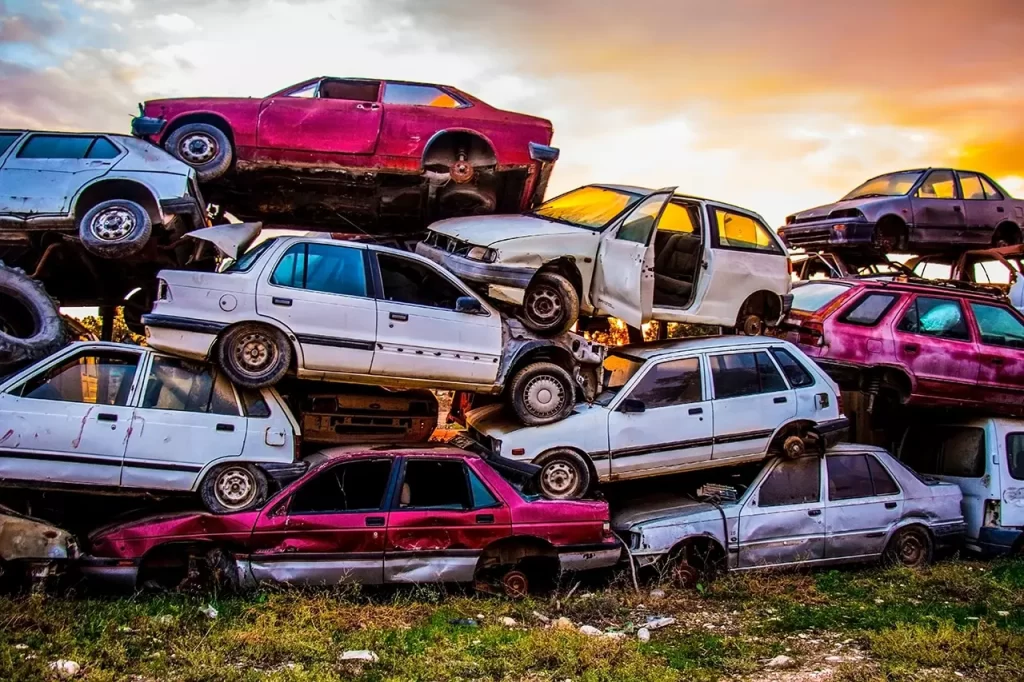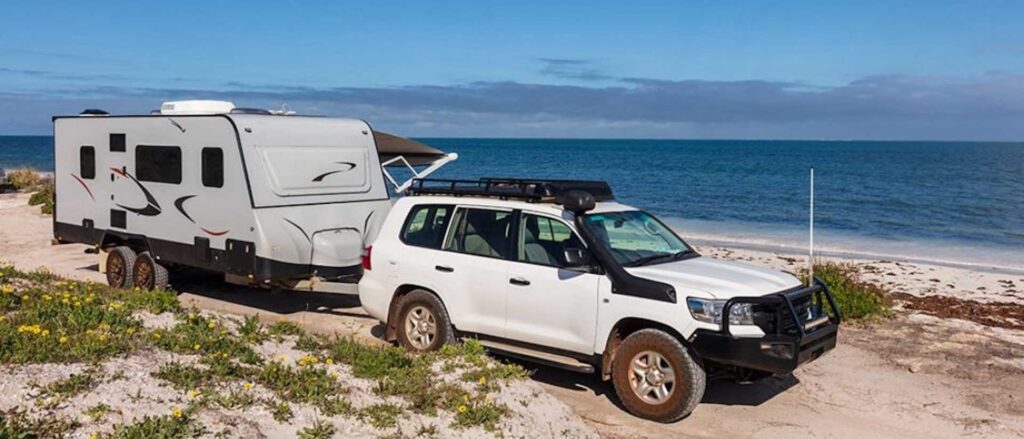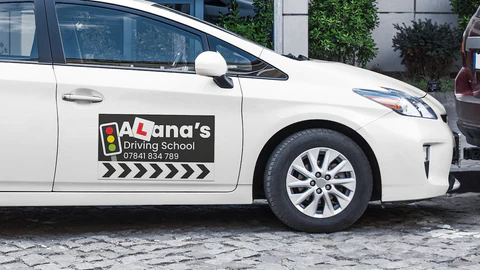Tired of being taken advantage of by unscrupulous used car dealers? We’ve all come across these dealers. But don’t worry. Today I bring you a gift of knowledge. This information will be your ultimate guide to buying good used cars in India. This is going to be a wild ride.
Let’s start with the elephant in the living room: Finding a good used vehicle in India is just as difficult as looking for a pollution-free zone in Delhi. It’s not impossible, just because the task is difficult. You can get the best deal in your lifetime with a bit of research, some know-how and a touch of caution.
Let’s dive into the subtleties of buying good used cars in India.
How to buy a used car?
India is a land of celebrations, and even the smallest event can be celebrated with fervor. The same goes for buying a car. When buying a second-hand car in India it is easy to be swept up in the excitement. It’s important that you remember, before signing on the dotted lines, that buying a second-hand car is like blindfolded navigating through a maze. Don’t be discouraged! We’ll figure out together the best way to purchase a used vehicle.
Keep in mind these few points:
1. Budget
Set a budget that is realistic and stick to it. Avoid getting caught up in excitement over a car out of your price range. It may seem like a few thousand rupees are not important, but they can lead to serious financial problems down the line. After you have established your budget, prepare yourself for research.
2. Research
Online resources are a great way to conduct research. You can get a good idea of the products available in your locality and their prices. Online reviews and videos will help you to make the best decision.
3. Test Drive
It’s important to test drive a vehicle, whether it is a new one or an old one. This step is crucial because it will help you get a feel for the car’s handling and let you know if there are any problems. Bring a trusted mechanic or car expert with you to get a more in-depth assessment of the vehicle’s condition.
4. Negotiation
Negotiating the price is the next step after the test drive. Negotiation is often possible, even if the listed price does not represent the final price. Check the history of the vehicle, including any accidents and repairs. This can have a significant impact on the price.
Select the Best Car for You
You should first consider your lifestyle and living situation. A compact and sturdy car is the best option if you live in the metropolis and have to deal with the traffic. If you live in the suburbs and like to take long drives as a way to decompress, then you might prefer a vehicle with more horsepower.
The next thing you need to do is consider your budget. Like new cars, there are many different shapes, sizes and prices for used cars. You should know how much money you can spend in the future without compromising your finances. You must also factor in ongoing expenses like fuel, repairs and renovations, maintenance and insurance.
After you’ve narrowed down your list of potential cars according to your budget and lifestyle, you can start taking test drives and finding the one that best suits you!
Tips on how to buy a good used car
Over the last decade, the used car market has steadily grown in India. More and more people are realizing the benefits of purchasing a pre-owned vehicle over a brand new car. The perception of used cars as unreliable has changed, and by 2025 the used car market will be double the size of the new car industry. Here’s a quick guide on what to consider when buying used cars.
1. What type of car should you buy?
Let’s begin with the basics. What car best suits your lifestyle and needs? For instance, people who live in an area with poor roads may want to choose a vehicle that has a high ground clearance. A sedan or an MPV is a good choice for people who want a comfortable highway vehicle that can handle a lot of luggage. If you are primarily a city driver, you may want to consider a hatchback.
You can use our to determine the resale value of any vehicle. Use our vehicle price calculator for a quick estimate of the resale worth of any car.
2. Check used cars during the day
The best way to detect imperfections in a used vehicle is by inspecting it under natural lighting. This will reveal any scratches, minor dent or paint imperfections. Some used car showrooms display cars under bright lights, which can hide exterior damage. Minor scratches are especially susceptible to this.
It is best to buy a car that’s less than two years old and has less than 20,000 kilometers. You can choose an older vehicle if you have a limited budget, and if the car is still in production. Spare parts are also readily available.
3. How old is “old”?
Checking the service records is important. You can also check the service records to ensure that the car has been serviced regularly at an authorised service centre and that the odometer is not tampered.
4. Have the car checked by a mechanic
It’s a good idea to have any car that you may purchase, even if you have been driving for many years and know the mechanics well, inspected by an experienced mechanic. The mechanic will not only be able to spot even the smallest of problems, but they can also give you an estimate on the cost of any repairs.
5. Check VINs and obtain service records
Each car sold has a unique Vehicle ID Number (VIN). This number is used to identify both the date of production and the service records provided by the authorized service centres.
6. Check your Insurance Records
The service center can provide you with all the information on insurance claims. This will help you to understand the mishaps that your vehicle has experienced. Insurance companies usually pay for car repairs at authorized dealerships.
7. Take a long test drive, multiple times
Test drive the car that you intend to purchase for a considerable amount of time. Take it for multiple test drives. Ask your mechanic or friend to test drive the vehicle and get their opinion.
8. Rust Spots
Even small rust marks should be avoided. Rust can reduce the rigidity of a vehicle and be difficult to remove permanently. Check the underside, engine mounts, running boards and the underside of the vehicle for rust.
9. Dealer Tricks
When buying a vehicle from a dealer be aware that some representatives may try to trick you into purchasing a lemon.
Our teams helps you choose the right used car from a large selection of preowned vehicles.
What is the difference between MRL certified and non-MRL certified used cars?
Think of a used vehicle as an investment that was made at the right time. Saving money can be achieved by both. When shopping for used cars, it is important to know if the car has been MRL-certified or not. What does MRL stand for?
MRL stands for Mega Refurbishment Labs, which perform rigorous inspections to ensure that they meet high standards of safety and quality. It ensures that all underlying problems or defects have been repaired and the car has also been cleaned and detailed.
Non-MRL certified cars, on the other hand have not been through the same rigorous inspection process. It is possible that many of the issues or defects associated with an older car have not been addressed.
If you are looking to buy a used vehicle, I recommend you look at only MRL-certified cars. They are not only safer and of higher quality, but also include a warranty. If you are on a budget and are willing to accept a little more risk, then a non MRL certified car is a good option.
What documents should you check before buying a used car in India?
Documentation is important to ensure that you are protected after your purchase. It’s the same with a used vehicle. The requirements of different states for buying a used vehicle may differ. Here are some things you should look for before purchasing a used vehicle in India.
- Registration Certificate (RC).
- Purchase invoice for a car
- Documents of Insurance
- Service Records Book
- RTO Forms 28, 29, 30, 32, and 35
- No Objection Certificate (NOC) or clearance certificate
- Road Tax Receipt
- Bi-fuel kit certification
- Emission Certificate
- Owner’s manual
How does RC Transfer work in India?
In India, the transfer of ownership of a car is done by transferring the registration certificate (or RC). This process is similar to any other document. Here are the steps to take if you plan to register for a RC Transfer:
- The current owner should first submit a vehicle transfer request to the Regional Transport Office in their area.
- The transfer application should be accompanied with the original Registration Certificate of the vehicle, as well as other documents like the ID proofs for the transferor and transferee, the insurance documents and receipts from road tax payments.
- The RTO then verifies all documents and checks if there are any fines or violations pending on the vehicle.
- The RTO will then issue a new RC to the transferee, and charge a nominal transfer fee.
Online RC Transfer is also possible. A person can pay for the fee and apply online to transfer the registration certificate via the official website of state transport department.
It is important to remember that you will need a “No Objection Certificate” (NOC) if you are transferring your vehicle from one Indian state to another. To avoid penalties, the transfer of ownership of a vehicle must take place within 14 days after the sale.

